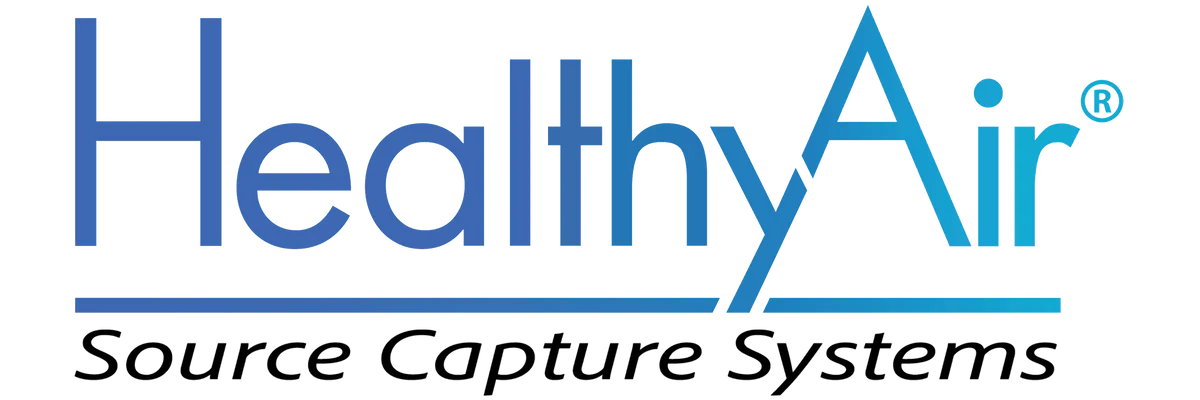Capture Fine Nail Dust & Skin Cells During Podiatry and Medical Pedicure/Dry Pedicure Processes
Podiatry Medical Pedicure Source Capture Systems
Have questions about the best source capture air purification system for dry pedicure?
Contact us by phone or email and we'll gladly help identify the best solution for you.













